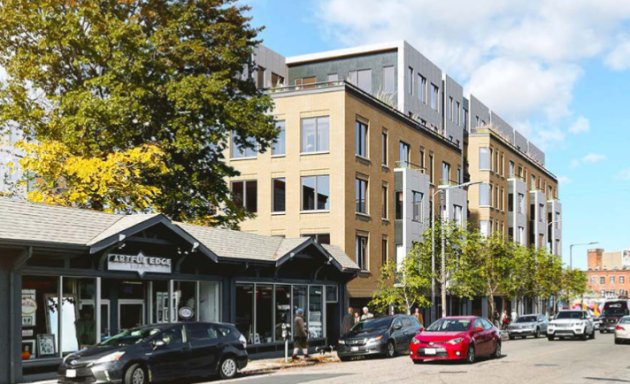Emphasis mine. You have a point, but it's not "the easiest way," it's the ideal way. Otherwise we'd see it a lot more, rather than developments with vacancies for years, Chase Banks, Capital One Cafes, and/or Starbucks/CVS moving in.After that theres hundreds/thousands of single story retail buildings lining roads across the entire metro area along with strip malls and other single use buildings. Adding 3-5 stories of housing above these while maintaining the ground floor retail would be another one of the easiest ways to infill lots of density without displacing ppl.
Buildings like these exist on every main road in Boston and hundreds/thousands of other roads. Theres no reason you couldnt have a 4 story residential building here and have the exact same retail situation at ground level. Adding housing above all of these buildings would keep the feel of the city the same while adding thousands of new units of housing.
If the city or state had more incentives/grants for this type of thing with limited constraints, we would have a different story unfolding (pipe dream).


